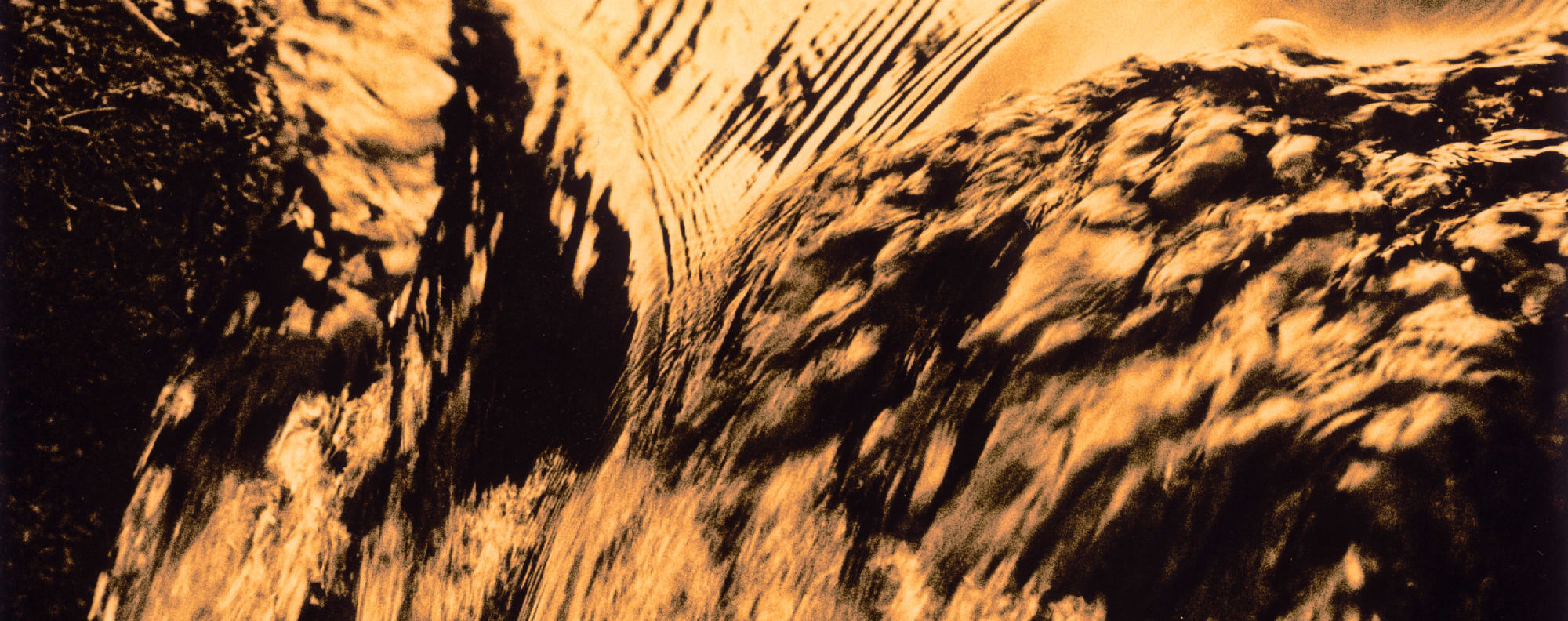Colin already published a successful journal for racing pigeon fanciers. We walked back to his offices on Doughty Street and there, to the cacophony of cooing pigeons, began a partnership which led to Creative Camera. Colin was publisher; I was editor.
The immediate problem was how to radically change the editorial content of the magazine without instantly disenfranchising the snapshot subscribers. We decided the change had to be gradual. Over a period of months the magazine moved away from snapshot appeal towards serious photography, and the name changed from Camera Owner to Creative Camera Owner, to Creative Camera. By January 1968, the editorial contents were on track.
Only one other problem remained: our intended supporters – serious photographers -were too few in number to keep the magazine afloat. I earned a living by lectures to camera clubs (at £7 an evening), part-time teaching (at Harrow, Croydon and the London College of Printing), and even, for a while, held classes in a rent-a-nude basement studio on Saturdays. Colin and I tried to generate some extra income by teaching two-day workshops at an Essex retreat for which we charged 4 guineas including instruction, accommodation and all meals. This scheme, which attracted mainly retirees, was only partially successful, perhaps due to the fact that Colin insisted on lecturing the old dears about his obsession with nudes (one of his specialties). In the end I was forced to take full-time jobs, as European Manager of Globe Photos, an international picture agency, and as Picture Editor of the Daily Telegraph Magazine. Both jobs were short-lived; Creative Camera was my top priority.
Without the constant injections of aid from Colin Osman, Creative Camera would have folded within months. That it survived for more than 25 years is due largely to his early generosity and enthusiasm.
These were frustrating, exhilarating, frantic times. There’s nothing like fighting for a cause to get the juices flowing. We tilted at windmills and felt vindicated when they, in indifference, did not fight back. We provoked and attacked photographic schools, the Royal Photographic Society, other publications, The Arts Council, the Institute of Contemporary Arts, et al. Our constant hammering did seem to dent their armor on occasion and in a few cases breached their defenses altogether. Such successes vindicated our goals, but led to an unforeseen problem: how could we practice what we preached without stretching our meager resources to breaking point. But it was not only the establishment which provoked our ire. It was also individuals who could not see photography through our eyes. They were more prone to fight back – and their personal attacks were more hurtful. A typical anecdote…
In one issue of Creative Camera, I published photographs by Lee Friedlander and, with typical hyperbole, called him “probably the most significant photographer of his generation.” I had a lunch date with a photographer friend (a well known photojournalist, who shall remain nameless). He was looking at these images when I entered his office. When he saw who had appeared, he screamed: “Stop there! Are you out of your bleeding mind? Or are you part of this f-king con job? Anyone who calls this Friedlander shit, ‘Significant photography’ needs his head examined – and I don’t associate with lunatics.” With that, he threw the magazine at me and told me to get out. It is difficult to understand, in our more mellow age of pluralism, how photographs could so infuriate even intelligent photographers, as they did in the 1960s.
The images in Creative Camera were always raising hackles. It is difficult today to believe that our use of Jerry Uelsmann images prompted a barrage of abusive letters and verbal attacks. What was particularly galling about this was that I did not personally like Uelsmann’s images – but I did believe they were important enough to publish. Inadvertently, we were causing conflict with every issue. We were even charged with obscenity – the offending photograph was of two nautilus shells by Edward Weston!
In fact, almost any photograph provoked fierce reactions and passionate outbursts, usually negative, especially if it originated in the USA. This outrage was not new or limited to British reactions to Creative Camera. A seminal exhibition, “New Documents,” featuring the work of Lee Friedlander, Diane Arbus and Garry Winogrand, had recently opened (1967) at the Museum of Modern Art. At the end of each day an assistant was required to wipe off the spit on the Arbus prints.
It was so frustrating that those readers whom we considered our closest allies were turning out to be our harshest critics. In a mood of despondency I wrote in one editorial: “I find it utterly depressing that so few people (including photographers) seem to comprehend what photography is and can be although I take heart in that photographs are strong stuff – not to be taken by those of weak disposition.”
Sometimes, today, I regret our loss of passion because of our gained sophistication and tolerance.
However, I should balance these remarks by noting that some of these most vocal critics ended up our staunchest allies.
